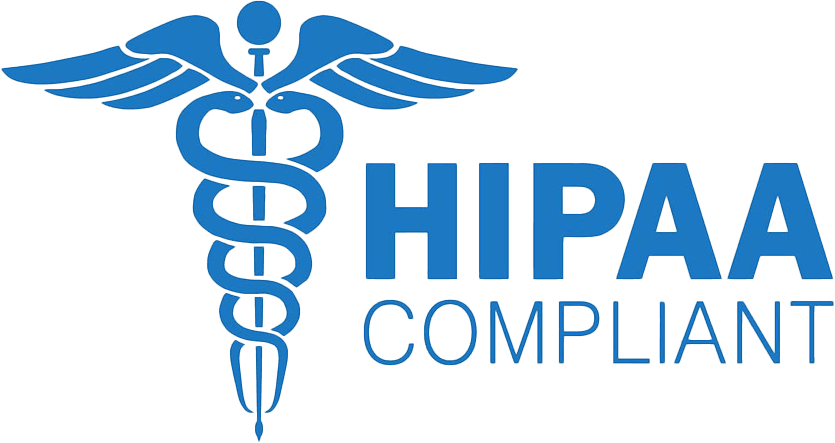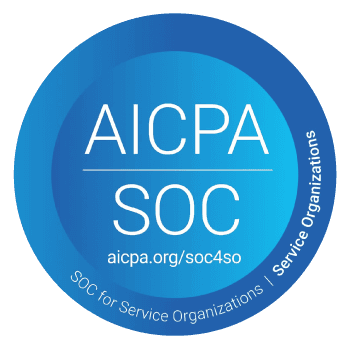Publish Date
2023-07-05
Introduction to SAP
Organizations require efficient and integrated systems to stay competitive. SAP is a leading enterprise resource planning (ERP) software enabling businesses to streamline operations, improve productivity, and gain valuable insights. This blog post will explore the importance of SAP implementation and integration, the implementation process, different integration approaches, benefits, challenges, and best practices for successful SAP implementation.
SAP Implementation Process
A well-defined project initiation and planning phase ensures a successful SAP implementation. It involves:
Defining project objectives and scope: Identifying the goals and content of the SAP implementation project is essential to align it with the organization's strategic vision.
Forming a project team and assigning responsibilities: Assembling a competent team with diverse skills and assigning clear roles and responsibilities ensures efficient execution.
Conducting feasibility study and business case analysis: Assessing the organization's readiness, conducting cost-benefit research, and evaluating potential risks and challenges help make informed decisions.
System Design and Configuration
During this phase, the focus is on designing and configuring the SAP system to meet specific business requirements. Key steps include:
Identifying business processes and requirements: Analyzing existing processes and determining the necessary changes to optimize operations and leverage SAP functionalities effectively.
Customizing SAP modules to align with business needs: Tailoring SAP modules to fit the organization's unique requirements, such as configuring workflows, authorization levels, and user interfaces.
Developing data migration and conversion strategies: Planning and executing data transfer from legacy systems to SAP, ensuring data integrity and compatibility.
System Testing and Quality Assurance
Thorough testing ensures the SAP system's stability, performance, and functionality. This phase involves:
Conducting unit, integration, and user acceptance testing: Verifying individual components, testing the integration of different modules, and involving end-users to validate system usability.
Resolving issues and bugs identified during testing: Addressing any problems or bugs detected during testing, troubleshooting, and ensuring a smooth user experience.
Ensuring system stability and performance: Performing load testing, optimizing system performance, and validating that the SAP system meets defined performance benchmarks.
Training and Change Management
Successful SAP implementation requires adequate training and change management strategies to ensure user adoption and a smooth transition. It involves:
Training end-users on SAP functionality: Delivering comprehensive training programs to familiarize employees with the new system, ensuring they can leverage its capabilities effectively.
Developing change management strategies to support adoption: Managing resistance to change, addressing concerns, and communicating the benefits of SAP implementation to gain user acceptance and enthusiasm.
Addressing user concerns and facilitating transition: Establishing channels for user feedback, actively addressing concerns, and providing support during the transition period.
Go-Live and Post-Implementation Support
The go-live phase marks the transition from the implementation stage to live operations. Essential steps include:
Transitioning to the live SAP system: Migrating operations to the SAP system, ensuring a seamless transfer of data and processes.
Monitoring system performance and addressing issues: Proactively monitoring system performance, identifying and resolving any problems or bottlenecks to minimize disruptions.
Conducting post-implementation reviews and refinements: Collecting feedback, evaluating the success of the implementation, and making necessary refinements to optimize the system's performance and address any remaining gaps.
SAP Integration Approaches
Integration approaches include:
Application-to-Application (A2A) Integration: Connecting SAP with other enterprise systems within the organization to ensure seamless data exchange.
Business-to-Business (B2B) Integration: Integrating SAP with external partners and suppliers to enable smooth collaboration and data exchange with external stakeholders.
Cloud Integration: Integrating SAP with cloud-based applications and platforms. Connecting SAP with cloud-based tools to leverage their capabilities and access real-time data.
Benefits and Challenges of SAP Implementation and Integration
Benefits include streamlined business processes, enhanced data accuracy, increased collaboration, and standardized reporting. Challenges may include complex implementation processes, data integration complexities, resistance to change, and significant financial investments.
Best Practices for Successful SAP Implementation and Integration
To ensure successful implementation and integration, organizations should engage strong executive sponsorship, engage experienced SAP consultants, conduct comprehensive testing and quality assurance, develop practical change management strategies, and establish ongoing support and maintenance systems.
Final Say
SAP implementation and integration are crucial for organizations seeking to streamline operations, improve efficiency, and gain a competitive edge. While challenges exist, careful planning, effective change management, and ongoing support are essential to successfully implementing and integrating SAP within an organization.
Start Automating with Wrk
Kickstart your automation journey with the Wrk all-in-one automation platform







